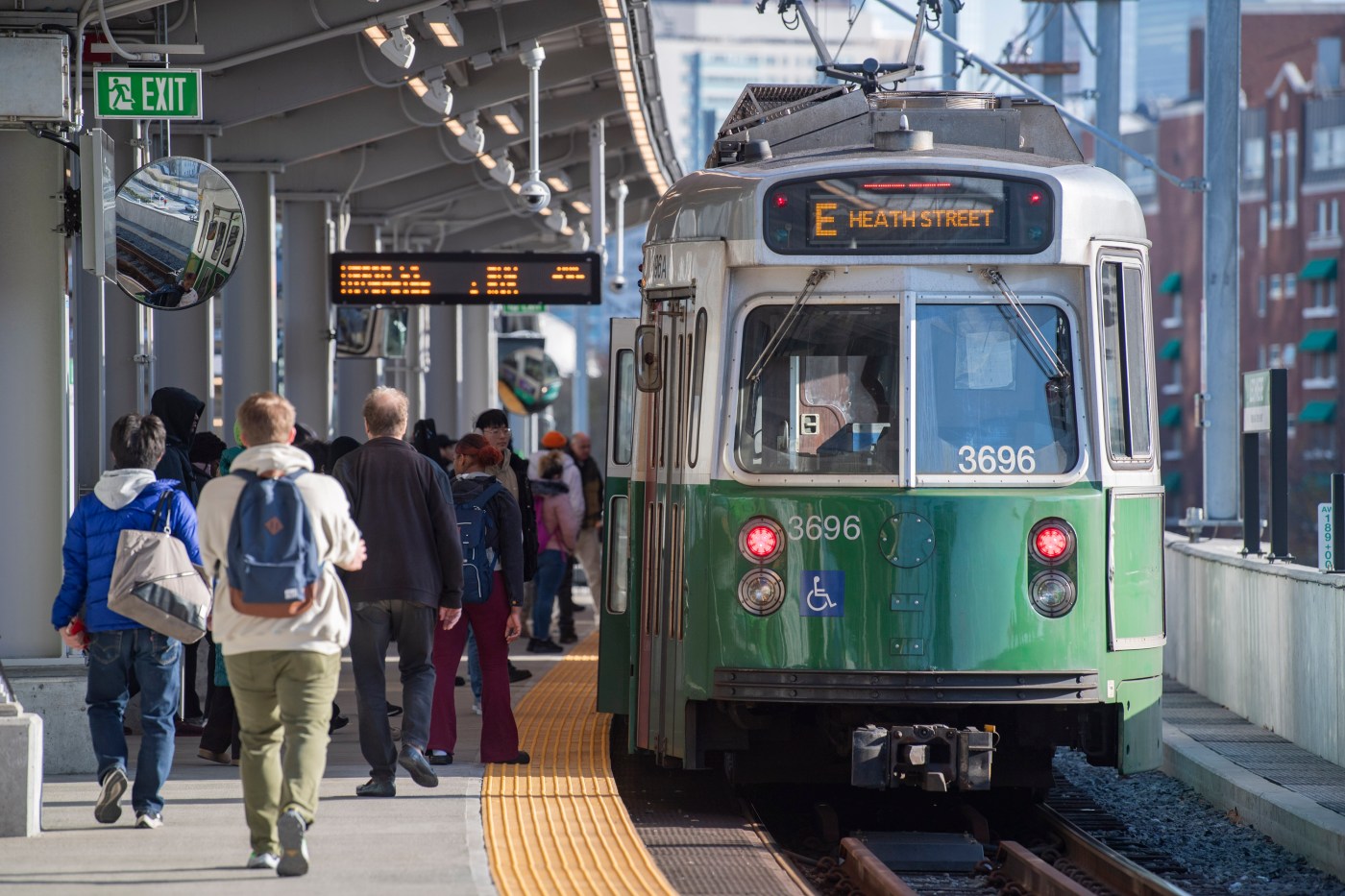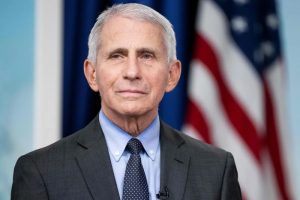
MBTA says it will cost $24.5 billion to bring system into ‘state of good repair’
The MBTA estimates that it will cost a whopping $24.5 billion to bring its dilapidated system into a “state of good repair,” a price tag that has spiked by $14.5 billion since the agency’s last capital needs analysis was conducted in 2019.
The assessment, results of which were released by the T on Thursday, revealed that 64% of capital assets including tracks, trains, signals and equipment are past the end of their useful life, and are thus in need of rehabilitation or replacement.
“The MBTA is one of the oldest transit agencies in the country, and while there are a number of contributing factors, it’s clear that years of underinvestment have added to the cost of bringing our system into a state of good repair,” T General Manager Phillip Eng said in a statement.
The “sobering” number, as described by MBTA Board of Directors member Thomas McGee, is more than twice the $10 billion state of good repair estimate the T had been operating under for the past four years.
The number represents a long-awaited fiscal analysis of the “decades of underinvestment,” coupled with past leadership’s tendency to prioritize capital projects at the expense of day-to-day maintenance, and “even safety,” as noted in a scathing report released by the feds at the conclusion of last year’s rare subway system investigation.
According to the T, 72% of subway track, 55% of “rolling stock” including train cars, 35% of facilities, 28% of equipment, 22% of structures, 78% of power assets, 80% of Commuter Rail signals, 9% of Commuter Rail track, and 72% of subway signals are in need of repair or replacement.
The spike in cost needed to modernize the system is based on a number of factors, T officials said, including the need to upgrade power asset inventory with more sophisticated equipment, significant infrastructure and construction cost increases driven by inflation and supply chain challenges, and the age of MBTA assets outpacing plans to replace them due to years of underinvestment.
Eng noted at the day’s board meeting that the T has already taken steps to bring the system into a state of good repair, by rolling out an aggressive track improvement plan last week that will divert service in various parts of the system for 188 days next year, with the aim of eliminating all speed restrictions.
He also pointed to last month’s work on the Ashmont branch of the Red Line and the Mattapan Line, where a 16-day closure allowed the agency to accelerate the track work needed to eliminate speed restrictions in the area.
Related Articles
MBTA Police chief says new contract raises will boost competitiveness
Boston girl accused of assaulting 84-year-old man at MBTA station
Gov. Healey taps new boss for MassDOT, MBTA
MBTA slow zone repair plan will require sporadic closures through 2024
Eng lays out plan to eliminate MBTA slow zones by end of 2024
The latest track scrutiny has centered around the new Green Line Extension, where Eng disclosed last month that slow zones were implemented because the agency discovered the tracks there were too narrow.
When pressed by MBTA board member Mary Skelton Roberts about how much it would cost to keep the system running efficiently each year, Eng said it was “difficult to quantify a number,” but that it was “obviously more” than the $1.4 billion annual amount programmed into the 5-year capital improvement plan.
The amount of annual investment will largely depend on the fiscal resources provided to the T, Eng said, noting that “no one expects $24 billion right away.”
“Whatever we have provided to us, it’s going to be our responsibility to develop that program or prioritize maintenance, state of good repair, but also important to find ways to deliver that modernization, expansion needed,” Eng said.
Karissa Hand, a spokesperson for Gov. Maura Healey, said, “The capital needs assessment and inventory shows what we have known for a long time: There is an urgent need for significant resources and work across the MBTA system because of decades of underinvestment.”
“The Healey-Driscoll administration is committed to ensuring that the MBTA has the resources it needs to deliver the safe, reliable service that the people of Massachusetts deserve,” Hand added.
U.S. Rep. Seth Moulton said in a statement that the T’s capital needs analysis is the “honest assessment we’ve been waiting for.”
“Investing in the MBTA is investing in the future, and it’s critical that restoring ‘state of good repair’ means modern standards, not the century-old standards of slow trains, inadequate and unpleasant stations, and no faster than driving travel times we’ve grown used to,” Moulton said.
While T officials insist that the state of good repair designation does not indicate the level of safety, others weren’t so sure.
Transportation for Massachusetts Executive Director Reggie Ramos said the capital needs assessment “raises some questions,” while pointing to the large percentage of subway tracks and vehicles that are past their useful life.
“These numbers are very concerning, particularly as they may pertain to safety,” Ramos said. “T4MA will be pressing MBTA leadership to understand what these numbers mean for daily operation, how they impact riders, and how much the upcoming year-long shutdowns will improve those numbers and move us closer to a more modern MBTA.”


